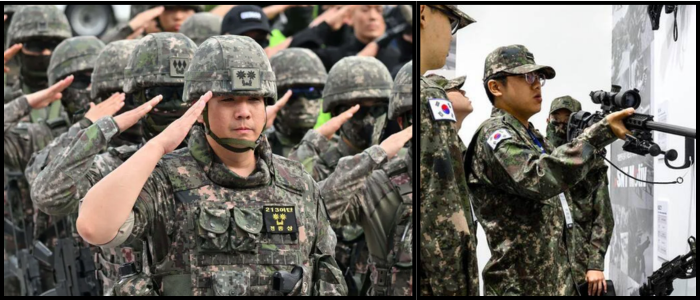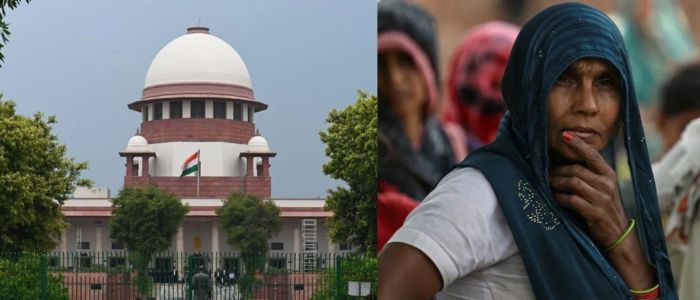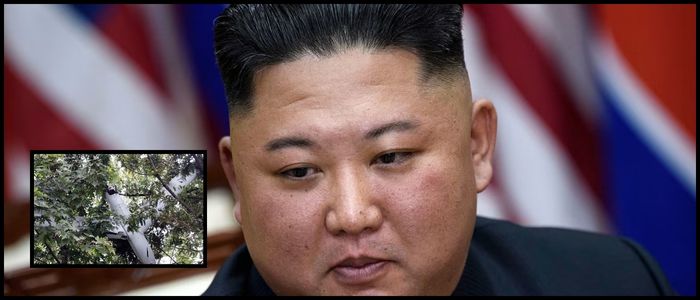South Korea still has a general conscription system in place because the Korean War has not yet ended, much less with North and South Korea still divided and a nuclear-capable North. A study conducted earlier this year by South Korean researchers indicated that the country requires a force of at least 500,000 troops to deter an invasion by the North (which is believed to have as many as 1.3 million in its regular military).
Military Restructuring and Defence Spending
South Korea has gone from 59 divisions to just 42 since 2006, with various units consolidated or entirely disbanded. The country has been raising its defence budget to more than 60 trillion won ($43bn; £32bn) by 2025, well over North Korea's total $30bn GDP.
With few exceptions and periodic deferments, able-bodied males are expected to serve 18 months in the military section of their choice. A source of automatic recruits, the system is loathed by many young men who feel it disrupts their careers.
The subtypes by demographic challenges and calls for reform
The birth rate of South Korea dropped even further, from 0.98 in 2018 and 0.72 in 2023, up to a slight increase at 0.75 in 2024. At this rate, experts predict South Korea's population of 50 million would shrink by half in just 60 years.
The draft undoubtedly has broader implications about gender equality around the fringes, particularly since many women appear to be portrayed by some conservatives as potential soldiers available to be conscripted. The current demographic crisis has left Russia in doubt about its future defence capability, leading to calls for drastic national action.
World

South Korea Military Falls by 20% in Six Years

Citing a defence ministry report, Democratic Party lawmaker Choo Mi-ae also claimed its military has shrunk to around 450,000 troops over the last six years, or approximately 20 percent over that period. Officials claim that much of this decrease is due to the country's historic low fertility rate of 0.75 babies per woman — the lowest in the world.















